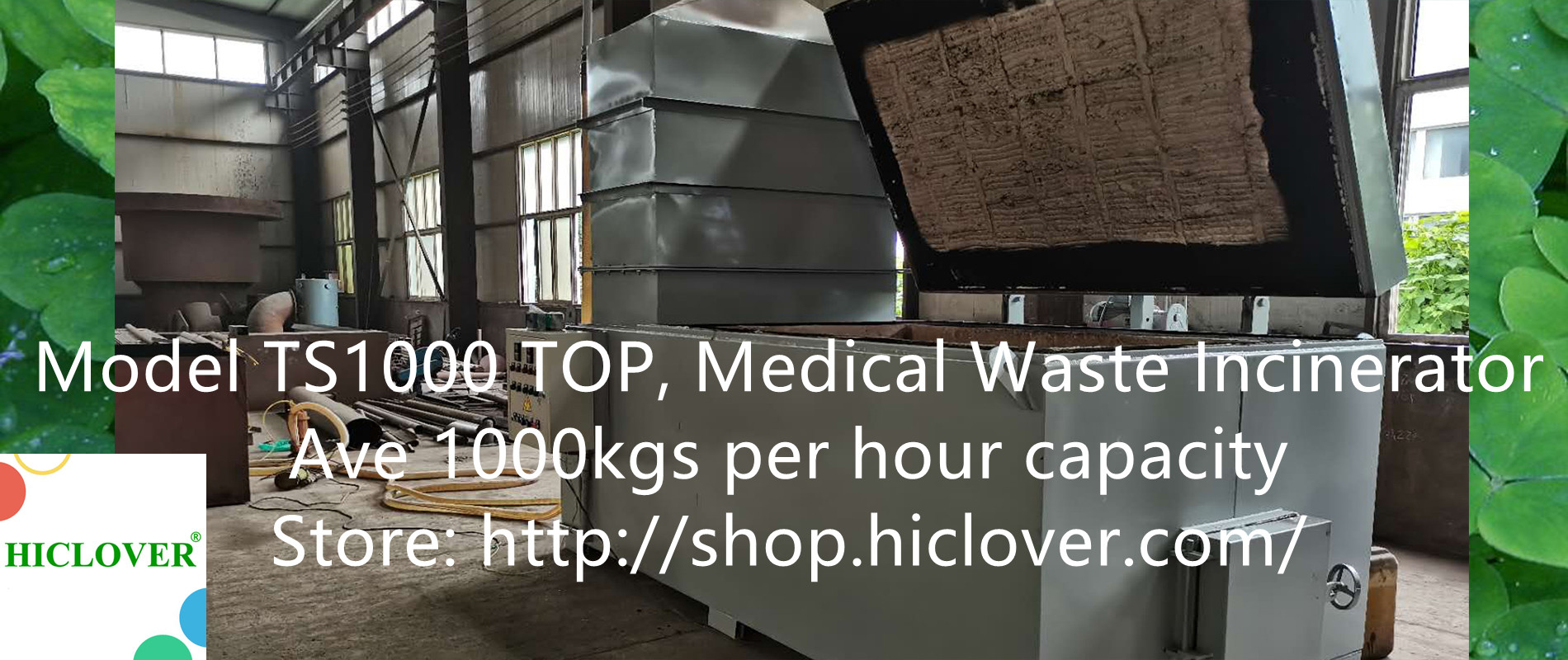As the global population continues to grow and industrialization rapidly expands, waste management has become an increasingly pressing issue. Traditional methods of landfilling and open dumping are no longer viable options, as they contribute to environmental pollution, land and water contamination, and greenhouse gas emissions. In response to these challenges, incineration has emerged as a sustainable solution for managing solid waste.
Incineration is a waste treatment process that involves the combustion of waste materials at high temperatures, converting them into ash, flue gas, and heat. The heat generated from incineration can be used to produce electricity or heat for industrial processes, making it a form of energy recovery. This not only reduces the volume of waste that needs to be disposed of, but also contributes to the production of renewable energy.
One of the key advantages of incineration is its efficiency in waste reduction. By reducing the volume of waste, incineration can help to minimize the need for landfills and their associated environmental impacts. In addition, the process can also help to mitigate the release of harmful pollutants and greenhouse gases, as modern incineration facilities are equipped with advanced emission control technologies. These technologies ensure that the release of harmful substances such as dioxins, furans, and heavy metals is minimized, thus protecting human health and the environment.
Another benefit of incineration is its ability to effectively manage certain types of waste that are not easily recyclable or compostable. These include materials such as plastics, rubber, and certain types of organic waste. By incinerating these materials, the potential for pollution from their disposal is reduced, and the energy recovered during the process contributes to a more sustainable energy mix.
Despite its advantages, incineration also has its drawbacks and limitations. One of the main concerns is the potential for air pollution and the release of toxic substances during the combustion process. However, with the implementation of strict regulatory standards and advanced incineration technologies, these concerns can be effectively addressed. Additionally, the high initial investment and operational costs of building and maintaining incineration facilities may pose financial challenges for some communities. It is important to carefully consider the trade-offs and costs associated with incineration, and to assess whether it is a suitable option for a particular region.
In conclusion, incineration can be a sustainable solution for managing solid waste, particularly for materials that are not easily recyclable or compostable. By reducing the volume of waste, minimizing environmental impacts, and recovering energy, incineration can play a beneficial role in a comprehensive waste management strategy. However, it is essential to recognize the potential risks and limitations of incineration, and to implement stringent regulatory standards and advanced technologies to ensure its effectiveness and sustainability. When properly managed, incineration can contribute to a more sustainable and circular economy, while helping to address the growing challenge of solid waste management.



